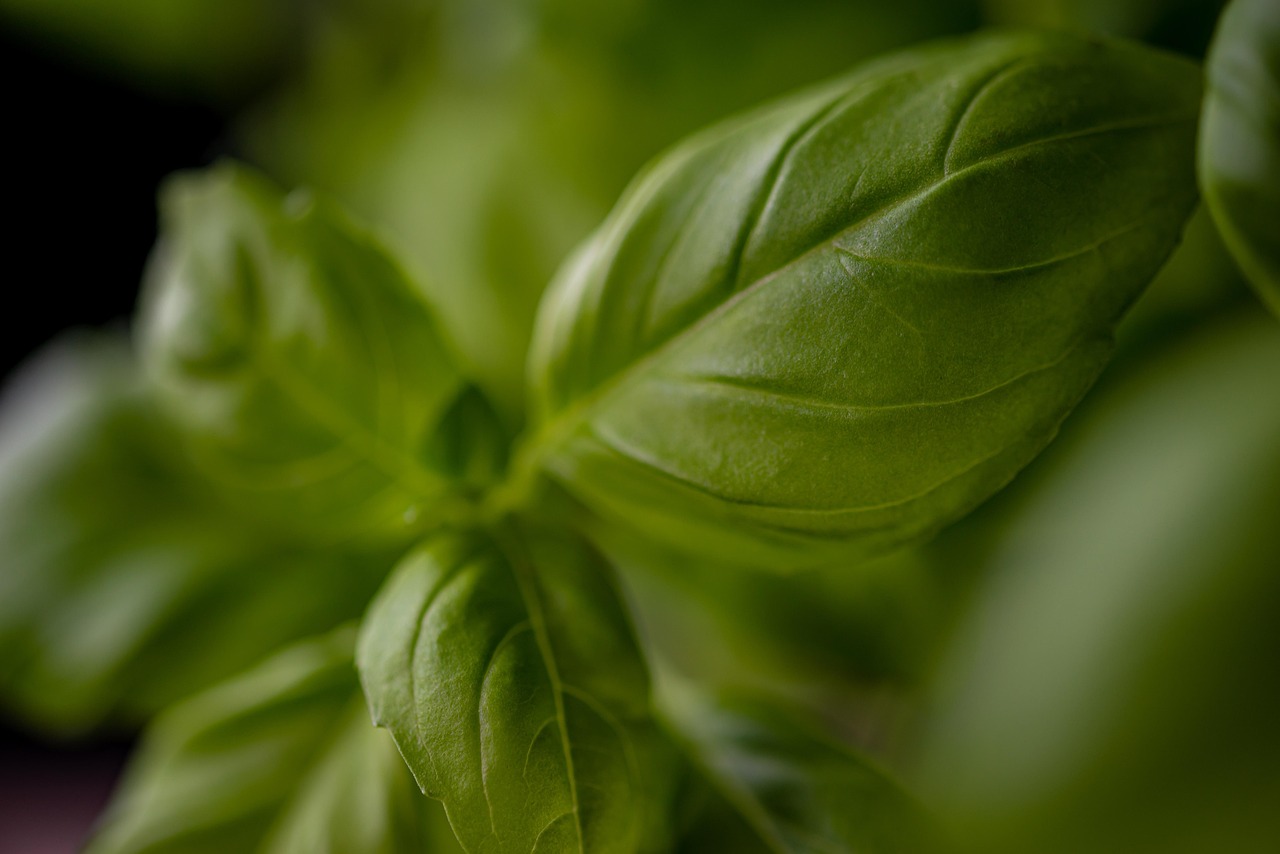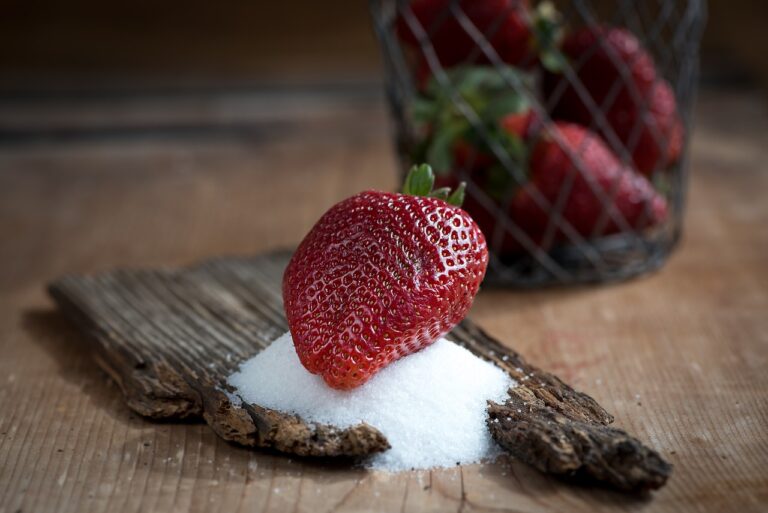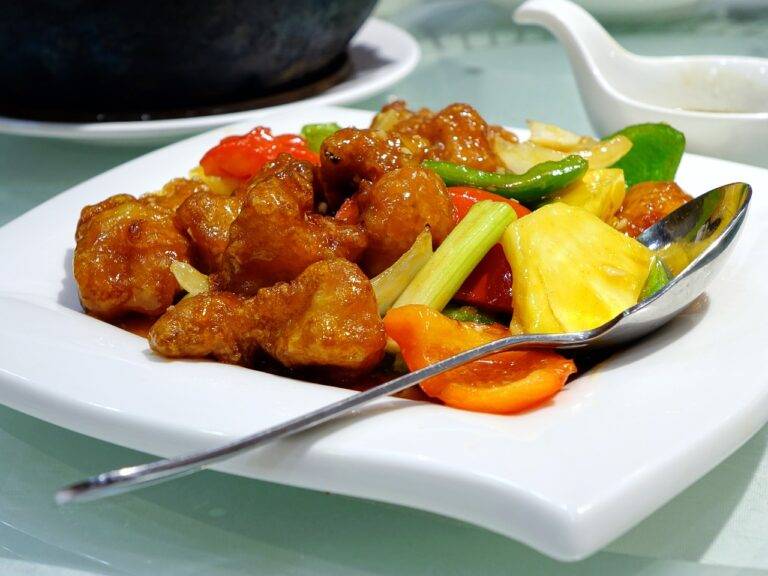The Secret to Perfectly Grilled Meat: Tips from the Experts
When it comes to grilling, selecting the right cut of meat is essential to ensuring a flavorful and tender final dish. One of the key factors to consider is the level of marbling in the meat. Marbling – the small streaks of fat within the muscle – contributes to the juiciness and overall taste of the meat once it’s grilled. For example, cuts like ribeye and New York strip steaks are well-marbled and are ideal for grilling to perfection.
Another important aspect to keep in mind when choosing a cut of meat for the grill is the thickness. Thicker cuts, such as T-bone or porterhouse steaks, are better suited for grilling as they can withstand the high heat without overcooking. Thinner cuts, like flank steak, benefit from quick cooking over high heat to prevent them from becoming tough and chewy. Consider the cooking method and desired level of doneness when selecting the thickness of the meat for optimal results on the grill.
Marbling in the meat enhances juiciness and taste
Cuts like ribeye and New York strip steaks are well-marbled and ideal for grilling
Thickness of the cut is crucial for grilling success
Thicker cuts like T-bone or porterhouse steaks can withstand high heat without overcooking
Thinner cuts like flank steak benefit from quick cooking over high heat
Consider cooking method and desired doneness when selecting meat thickness
Prepping the Grill
First, thoroughly clean the grill grates using a wire brush to remove any residual debris from previous use. This step is crucial to prevent food from sticking and ensure even cooking. Next, inspect the gas line or charcoal bed to ensure proper functioning and ignite the grill to preheat it for at least 15-20 minutes.
While the grill is heating up, lightly oil the grates using a paper towel dipped in vegetable oil. This helps create a non-stick surface and aids in achieving those coveted grill marks on your meat. Additionally, consider using a grill basket or foil packet for vegetables or delicate items to prevent them from falling through the grates.
Seasoning Techniques
When it comes to seasoning your meat for the grill, simplicity is often key. Basic seasonings like salt, pepper, and garlic powder can go a long way in enhancing the natural flavors of the meat without masking it. Remember to season your meat generously, as some of the seasoning will inevitably be lost during the grilling process.
In addition to dry rubs, marinades can also be used to infuse flavor into your meat. Marinating your meat for at least a few hours, or even overnight, can help tenderize the meat while allowing the flavors to penetrate deeply. Be sure to discard any leftover marinade that has come into contact with raw meat to avoid foodborne illnesses.
How do I choose the right cut of meat for grilling?
When choosing a cut of meat for grilling, consider the level of tenderness and marbling. Cuts like ribeye and tenderloin are great choices for grilling because they are tender and flavorful.
How should I prep the grill before cooking?
Before cooking, make sure your grill is clean and preheated to the appropriate temperature. This will help prevent sticking and ensure even cooking.
What are some seasoning techniques I can use for grilling?
Some popular seasoning techniques for grilling include dry rubs, marinades, and brines. Experiment with different herbs, spices, and seasonings to find the flavor profile you prefer.







